Description
RELIGIONS AND RELIGIOUS FREEDOM IN INDIA
If one is to understand the untold reasons behind the clamour for a ban on religious conversion it is necessary to scrutinize the past socio-religious history of India. Religion has often been misused as a tool for exploitation of the weaker sections of the society. The division in the society, the mentality of the people, and a discriminatory social structure are all the outcome of centuries of the past and are deep-rooted. The deprived who feel that their oppression and discrimination are sanctioned by any religion might prefer to leave that religion to free themselves from its clutches. Change of religion by people in considerable numbers, especially of the oppressed classes, might affect the existing social equations. As a result, the privileged ones might be deprived of the social and political advantages they are presently enjoying. In a democratic set up it might mean loss of political power. In order to get a comprehensive view of this intricate problem we shall try to go to the roots, and understand the complex reality that is India. This book gives us a comprehensive view of the Indian political developments in relation to demographic changes; from early inhabitants to today’s religious compositions, in the context of the constant threats to religious freedom in India.
About the Author
Dr. A. D. Mattam is an erudite philosopher and historian. He has a number of books to his credit and has contributed scholarly articles to national and international journals. He holds a doctorate in Philosophy from the Gregorian University, Rome, Italy. As a scholar specialized in the fields of religions, civilizations and history of India he is competent enough to speak on these issues. A. D. Mattam was born in 1922 at Melampara, in Kottayam District, Kerala. He became the first Bishop of Satna, Madhya Pradesh in 1977 where he established a number of educational institutions, several hospitals and dispensaries, and Centres for physically and mentally challenged children. He has served as visiting professor of Hinduism at the Lateran University, Rome and at St. Ephrem’s Theological College, Satna, teaching Early Religious History of India. Bishop Mattam retired from office in 2000, and in his eighties he is still writing books and articles.
Contents
Preface
Foreword
introduction 13 PART -1:
THE PEOPLE OF INDIA
I. The Pre-Historic People – The Cradle of Human Race
1. Modem Human Populations
2. Earliest Inhabitants of India
3. Racial Affinity of Contemporary Indian Population
II. Harappa – Rediscovery of India
1. The Architects of Indus Valley Civilization
2. Vedic and Indus Civilizations-A Comparison
3. Influence of Indus Civilization on Vedic Culture
III. Tamizhakam (Dekshinpada) and Aryavarta
1. Tamizhakam and Foreign Trade
2. Literary Achievements
3. Vedic Religion and Culture in Dravidanad (South India)
IV. Rewriting History
1. Hindutva Fundamentalism a Threat to India’s Unity
2. Date of Rig Veda According to the Textbooks
PART – II : RELIGIONS OF INDIA
Man and His Final Destiny
Religions in the Indian Context
1. Religion of the Earliest Inhabitants orAdivasis
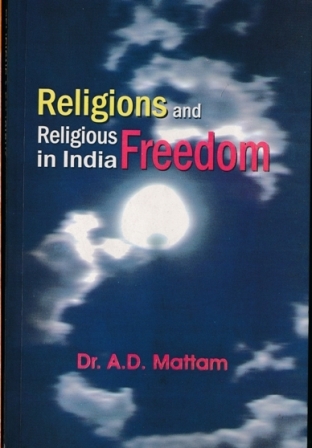
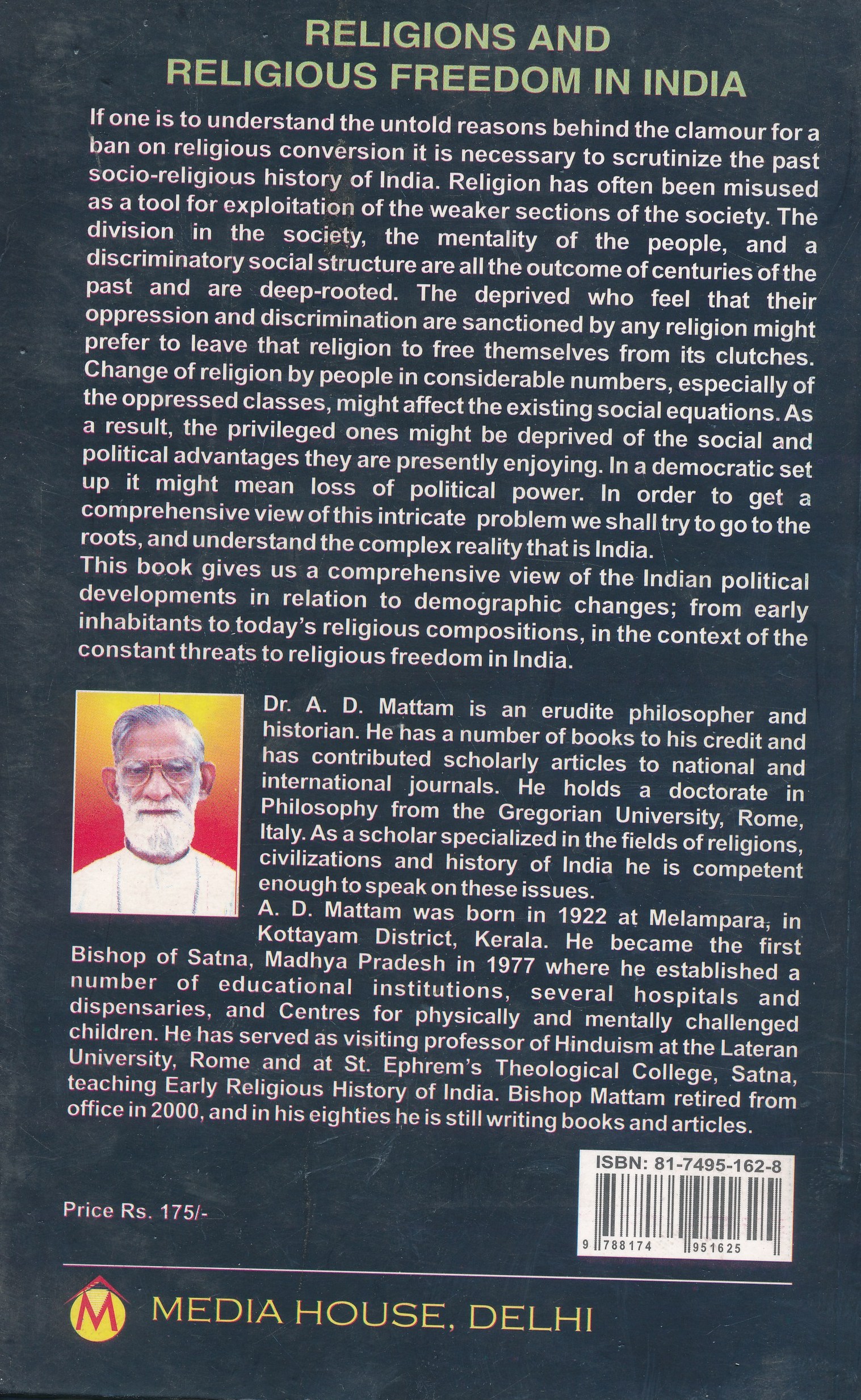
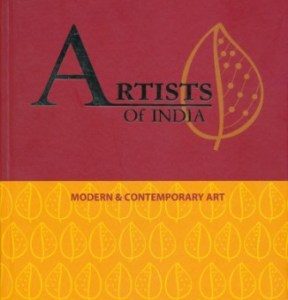
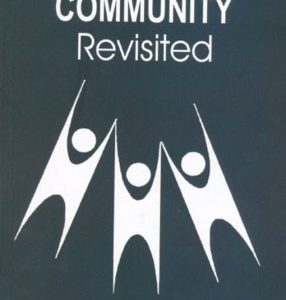
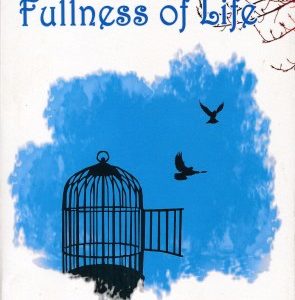
Reviews
There are no reviews yet.